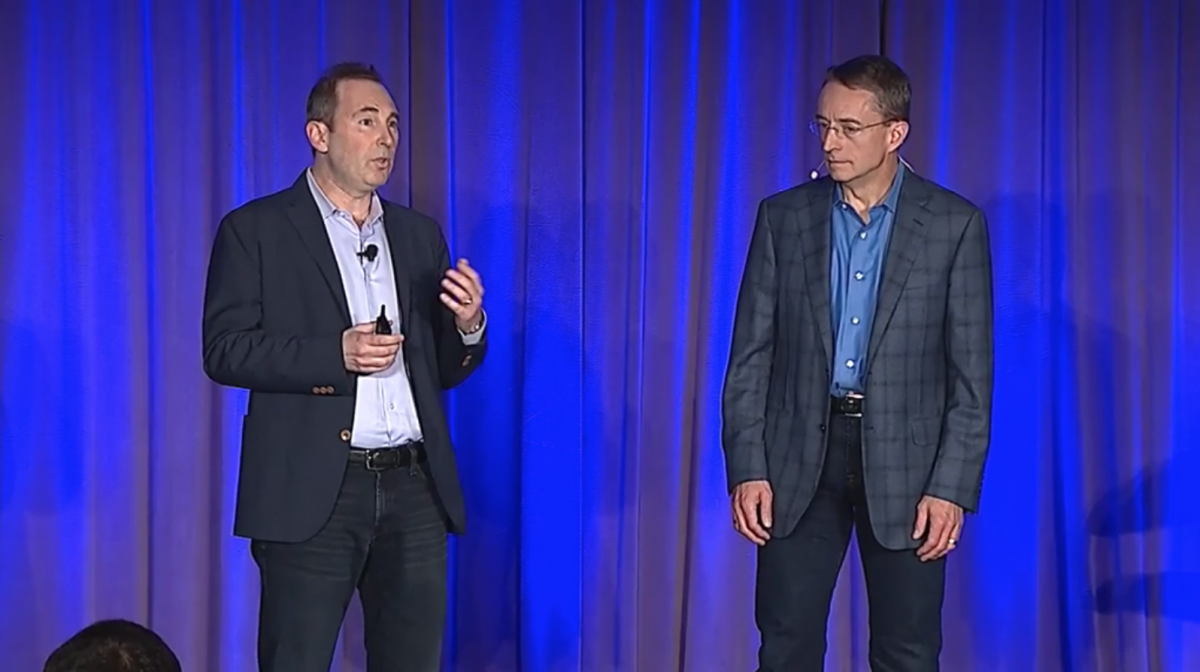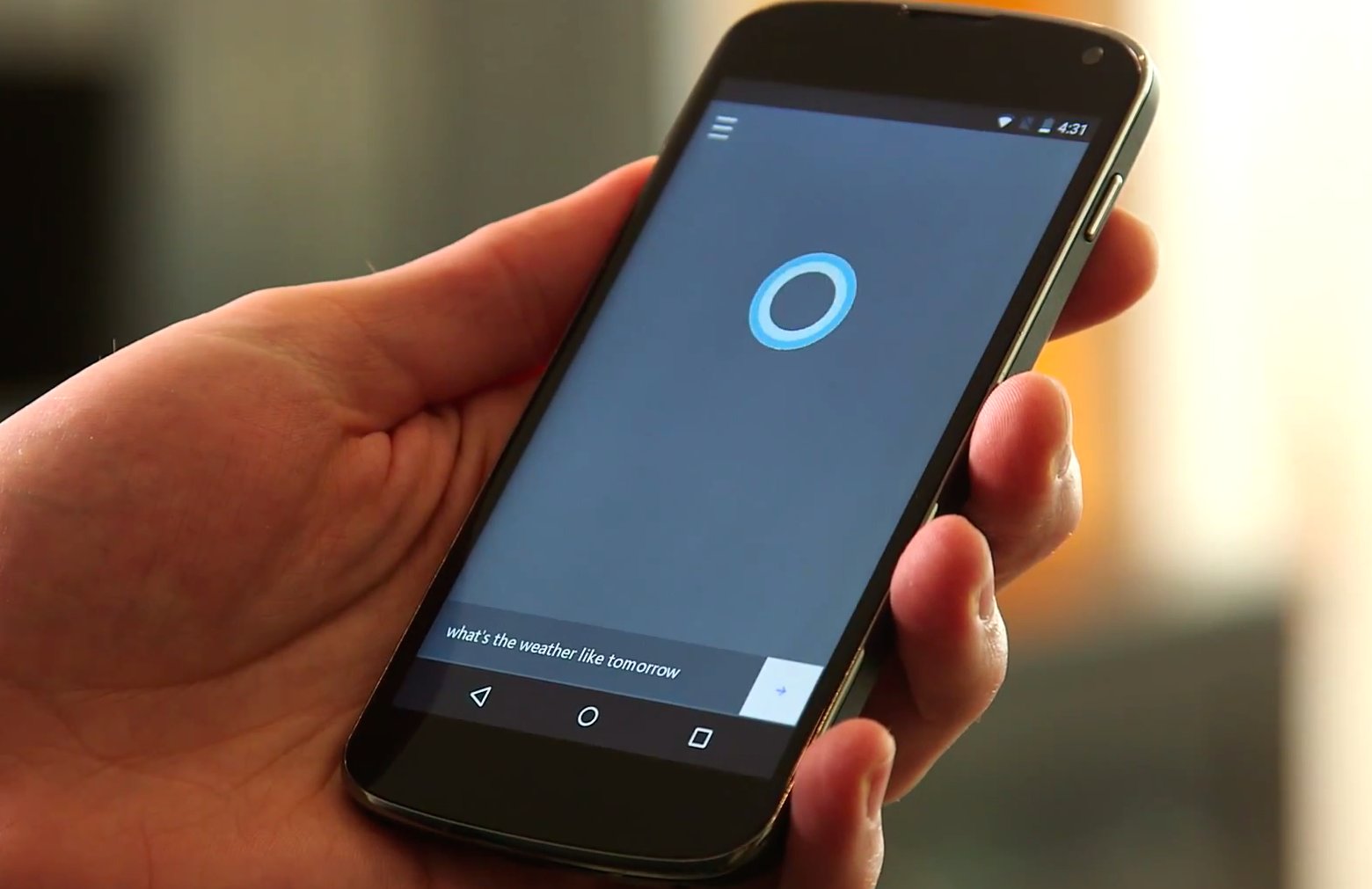Amazon Web Services and VMWare want your business to use the hybrid cloud

Amazon Web Services on Thursday announced VMWare Cloud on AWS, a solution due out in 2017 with VMWare (VMW), that lets businesses more easily run and manage applications, regardless of whether they’re hosted on-site, remotely or a mix of both.
According to Gartner VP Thomas Bittman, as much as 50% of all AWS clients, or hundreds of thousands of businesses, also users VMWare’s tools, so the benefits for those businesses are obvious.
Because VMWare had traditionally focused on an IT infrastructure with on-site servers, and AWS was built from the ground up to store and crunch data on remote servers, juggling the two services for clients involved getting around two distinctly different sets of software. VMWare Cloud on AWS promises to cut down on that juggling by offering one unified software experience to get around.
For Amazon (AMZN) and VMWare, the partnership allows both businesses to capitalize on the booming “hybrid cloud” — a trend which businesses run and manage applications on servers that are on-site, as well as remote servers.
For many businesses, the transition to a hybrid cloud set-up is already in full swing, as cloud computing offers them excellent performance at competitive prices. Indeed, the India-based market research firm Infoholic Research estimated in a June report that the global hybrid cloud market will balloon from $41.2 billion in 2016 to $241 billion in 2022.

Thursday’s announcement benefits AWS and VMWare, albeit in different ways. Although AWS remains the #1 public cloud provider — since its infrastructure relies on crunching and storing data entirely on remote servers — the VMWare Cloud on AWS solution acts as a veritable on-ramp for businesses long accustomed to running their businesses with servers on-site with VMWare but who also want the cost-savings and performance benefits of AWS and sheer global scale it provides.
VMWare’s own efforts to expand into the public cloud which AWS dominates are either early or have been largely unsuccessful. Partnering with AWS gives VMWare clients the best of both worlds: the ability to avail of AWS’s benefits, but with the familiarity of VMWare’s tools.
“Large enterprise customers want to go to the cloud,” explained Dave Bartoletti, principal analyst at Forrester Research. “They also need to figure out what to do with all their VMWare tools. It’s a big hurdle for them to say, ‘Ugh, I have to do everything, learn new tools from the ground-up.’ This solution takes some roadblocks out of the way for them.”
And while AWS already has over 1 million paid customers, including NASA, Netflix (NFLX) and Comcast (CMCSA), Thursday’s announcement gives AWS the ability in the medium-to-long term to win over more business from companies as they get more and more used to the idea of their applications running on servers as far-flung as Ireland, Mumbai and Beijing.
There’s also the issue of Microsoft (MSFT), which remains a distant second to AWS as far as public cloud market share goes, but which VMWare views as a fierce competitor. Where VMWare has stumbled in its cloud offerings, Microsoft has thrived over the last several years, outpacing on both price and feature roll-out. Microsoft has also done a better job building a virtual bridge from the private cloud to the public cloud, according to Bertoletti, with a product called Azure Stack, which launches next year. The VMWare Cloud on AWS solution allows VMWare to stay competive, added Bertoletti.
—
JP Mangalindan is a senior correspondent for Yahoo Finance covering the intersection of tech and business. Follow him on Twitter or Facebook.
More from JP Mangalindan:
Sean Parker’s startup just unveiled a tool to help you be a smarter voter
San Francisco’s real estate market has reached ‘peak unaffordability’: housing expert
Facebook exec hints at ‘next logical step’ for Messenger
Apple isn’t the only giant US company being scrutinized for its overseas taxes














